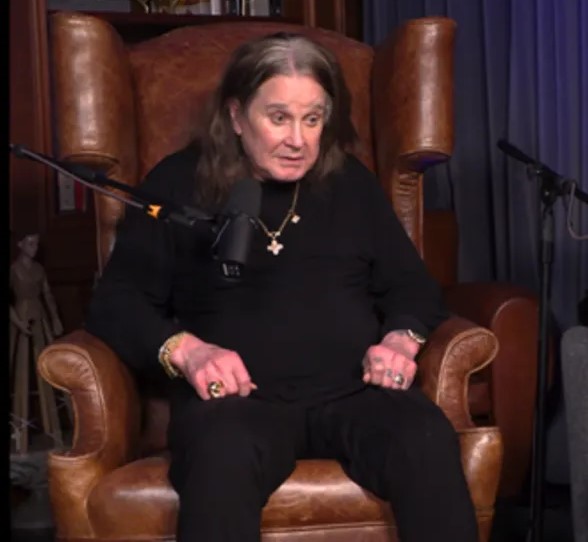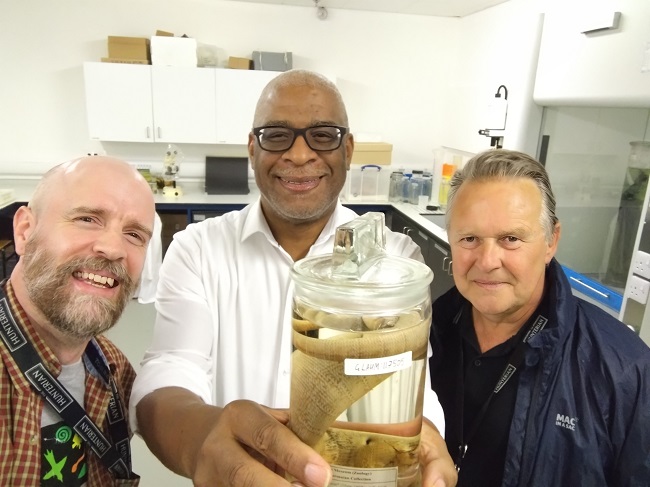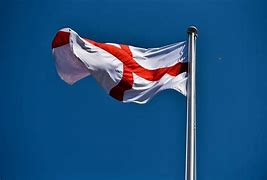The UK’s leading registration body for electricians is urging people to think electrics when they carry out their checks on the elderly this winter. Proportionately, older people suffer more fatal and non-fatal injuries from electrically-related house fires than the rest of the population. People over 65 are particularly at risk because they often live in old or poor-quality housing that contains faulty electrics or old appliances.
Research by NICEIC and ELECSA has revealed that although many of us will be looking in on an elderly relative or neighbour this winter, the one thing that could be getting overlooked is a quick check on the state of the electrics.
“Some of the results we found were quite startling,” commented NICEIC’s Technical Development Manager Darren Staniforth. “While up to 50% of people will be making regular calls on a relative or neighbour this winter, less than 20% of those would think to take a quick check of the electrics to make sure everything is ok. With people over 65 statistically more likely to be involved in a fire caused by faulty electrics this is obviously concerning. During the colder months the elderly are more likely to be plugging in electrical appliances such as heaters or electric blankets, many of which could be old and potentially dangerous.
“They could also be plugging these appliances into an electric supply around the home that might not have been checked in decades or perhaps never at all. We want to encourage those looking out for an older relative or neighbour to have a quick check of the home and make sure there is nothing there that could potentially lead to something awful occurring.
Research carried out by NICEIC and ELECSA revealed that:
• 24 million* adults in the UK have an elderly relative living on their own.
• 50% of us hold the opinion that the elderly are more at risk from the electrical dangers in our homes,
• 75% have never helped their relative to have their home safety checked by an electrician.
• 80% have never been concerned by the safety of the electrical appliances in their elderly family member’s home.
Darren added: “Our research shows that the Great British public do a great deal of work looking out for the elderly in winter time.
“The lack of concern over electrical safety is not one about not caring, but generally a lack of knowledge about what to look out for.”
NICEIC and ELECSA have produced a checklist, of what to look out for to reduce the risk of an electrical fault. This quick visual check includes:
• Ensuring that plug sockets are not damaged or scorched. Any scorch marks around a socket are indication that something is not right with the wiring behind the walls and that you should call a registered electrician to investigate further.
• Checking that any leads or cables are not damaged or frayed
• Checking that lights are working correctly and there is no signs of visible damage or buzzing sounds
• Checking that sockets are not overloaded or that too many extension leads are in use.
• Check that the main fusebox (consumer unit) has RCD protection fitted. An RCD (Residual Current Device) will trip should it detect an overload in the circuit.
“By carrying out these simple checks people will be able to reduce the risk of fire or spot something that could potentially lead to a problem in the future,” added Darren.
“If they see something that doesn’t seem to be working properly or may need further investigation we always suggest they call their local registered electrician.
“A registered electrician will be able to rectify any faults or carry out an Electrical Inspection Condition Report (EICR) which will identify any potential issues that could lead to further problems.”
Faulty electrics in the home account for 20,000 house fires each year, causing upwards of 70 fatalities. Leading electrical charity Electrical Safety First advises that homeowners get an EICR carried out at least every 10 years.
Most electrical issues in the home are easily preventable by ensuring a home is regularly checked by a suitable, registered electrician.

















